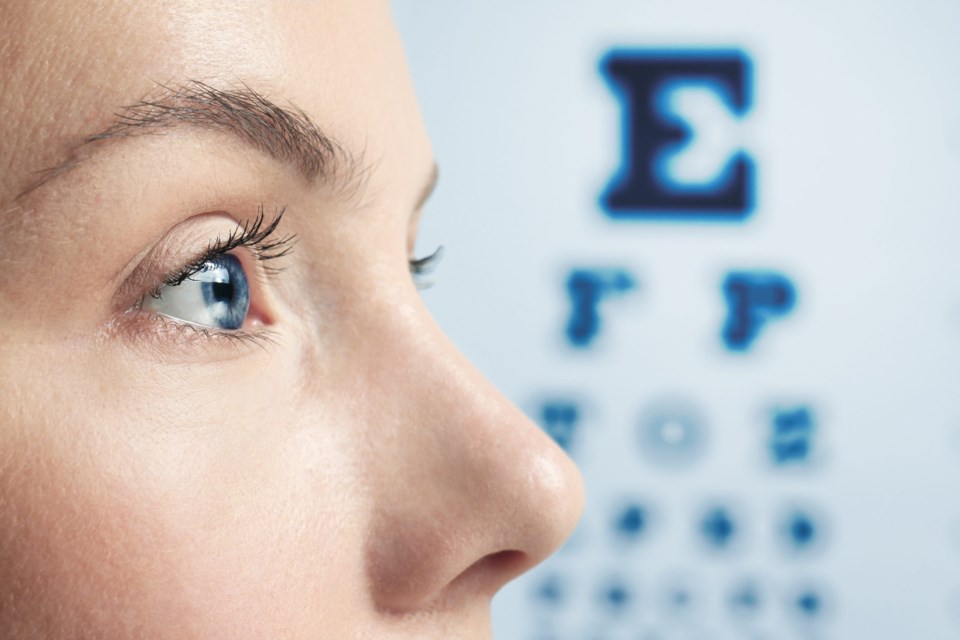Plano middle-schooler Harini Venkatesh has made it to the ten finalists in the annual 3M Young Scientist Challenge with a regression-based model that calculates the amount of myopia “accurately within seconds,” explains Venkatesh in his presentation.
The 3M Young Scientist Challenge promotes scientific reasoning and invites students, grades 5 to 8, to submit a short video describing a creative and unique solution to an everyday problem applying the power of STEM along the way. "At 3M, we are committed to unlocking the power of our people, science, and ideas to reimagine what comes next,” said Karina Chavez, senior vice president and chief strategy officer at 3M, in an official statement. “We are energized by a future that embraces STEM-for-all to build a better tomorrow.
The ten finalists, chosen for their passion for science and communication effectiveness, will go through a summer mentorship with 3M to turn their ideas into reality and be ready to showcase them in the final event taking place in mid-October. A group of judges will evaluate the contenders through a series of challenges and the presentation of their completed project.
Venkatesh’s clever innovation consists of an automated way of measuring the elongation of the eyeball that causes myopia (nearsightedness) from an image of a traditional eye scan. With this prototype, the 8th grader expects to narrow the margin of error resulting from the current diagnostic method, heavily based on patient responses and consequently shorten eye examination times and reduce the rampant crowding in eye clinics.
On October 17-18, 2022, Venkatesh will compete for the $25,000 award, a unique destination trip, a mentorship with 3M and the title of America’s Top Young Scientist. Which is no small feat! In the past, winners of the title have gone on to give TED Talks, file patents, fund non-profits, make the Forbes 30 under 30 list and exhibit at the White House Science Fair.




